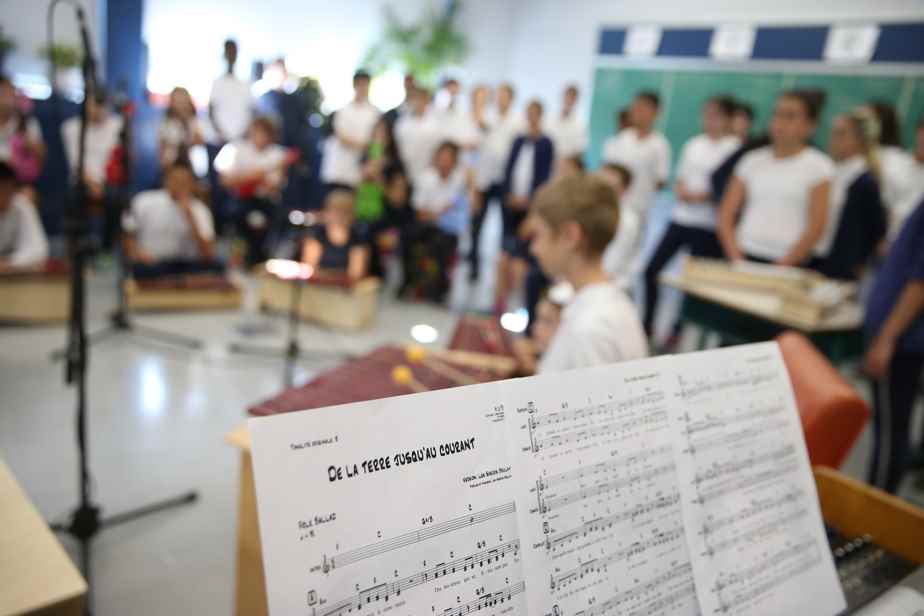The school cannot solve all the problems of young people. It is said that it takes a whole village to raise a child and that everyone must contribute to the development of these children in order to offer them as many tools as possible for now and later.
Our village, I find it damaged. No one is ill-intentioned, but our rhythms of life are completely crazy. Raising a child takes time. It takes a presence in the present moment that our society has a hard time affording.
The school cannot solve all the problems of young people. This is the reason why I am tickled every time I read a text like that of Mr. Chevalier1, “We need more physical education, please! “.
If the only problem the children before us had was their physical condition, I would wholeheartedly support Mr. Chevalier, but you have to look wider than just the evidence from a single study.
Our young people face major challenges to be happy. Challenges which may not always be easy to quantify, but which are visible in our classrooms.
We have to ask ourselves how we could use every available minute to help students deal with the problems they are experiencing. Do they need to work on their social skills more? To have tools to manage this scourge of anxiety? To better control their impulsiveness and learn to settle down? To stimulate their executive functions? What can we do to reduce the self-esteem issues that stem from so many harmful behaviors that make headlines week after week?
With a minimum of 40 minutes of recreation time, a 75-minute lunch, the two hours of physical education per week, the hours of occupational therapy in several schools, etc., we are therefore talking about two hours per day of time conducive to physical activity. It must be admitted that physical education already has a privileged place in the school curriculum.
Increasing physical education time at school is like increasing the number of lanes on a highway: there is an effect, but sooner or later more will be needed.
Promote overall development
Increasing the time for physical education at school means reducing the place of other subjects. I have been teaching for fifteen years. I am one of those who believe that the overall development of students should take precedence over an approach with more restricted objectives.
To increase the time of physical education at school, are we going to cut lessons in the social universe, ethics and religious culture or music? The latter is also an unrecognized intervention tool for developing creativity that will help students find solutions to calm their anxiety, work on inhibition to reduce impulsivity, improve social skills, stimulate executive functions, etc
The school cannot solve all the problems of young people and there are several problems. The fitness problem of young people demonstrated in the article by The Press2 requires solutions, but the whole village must take care of it, not just the school.

